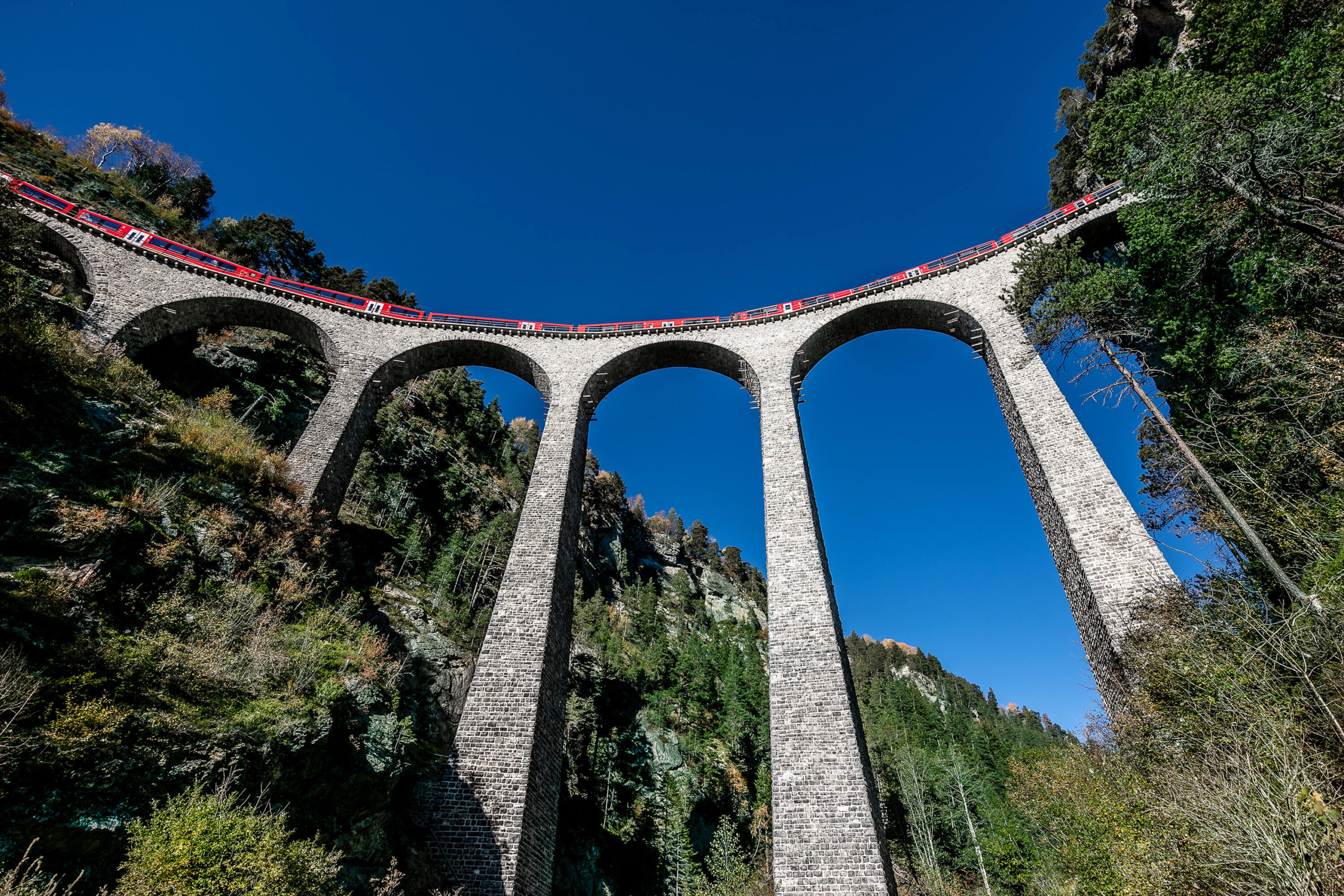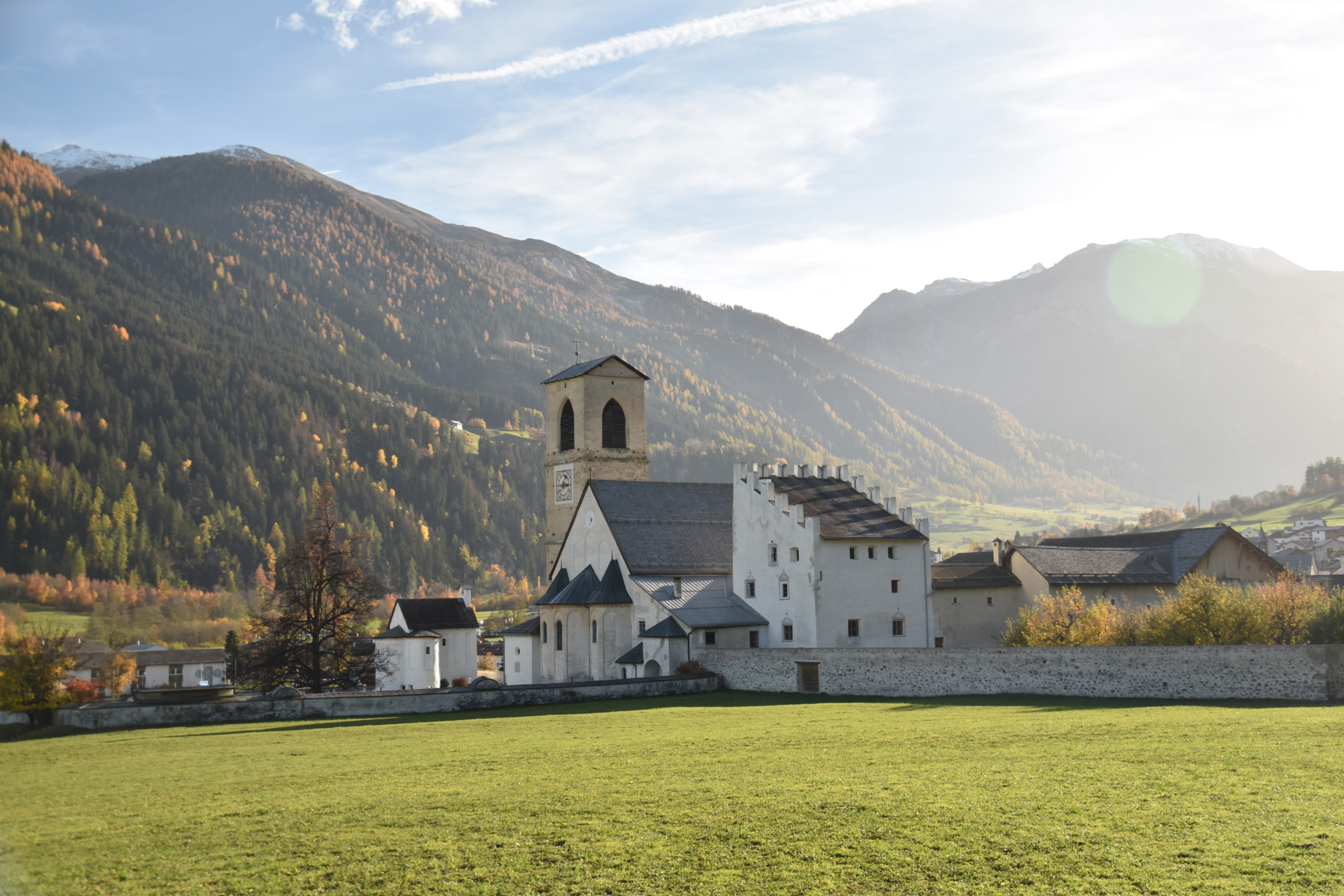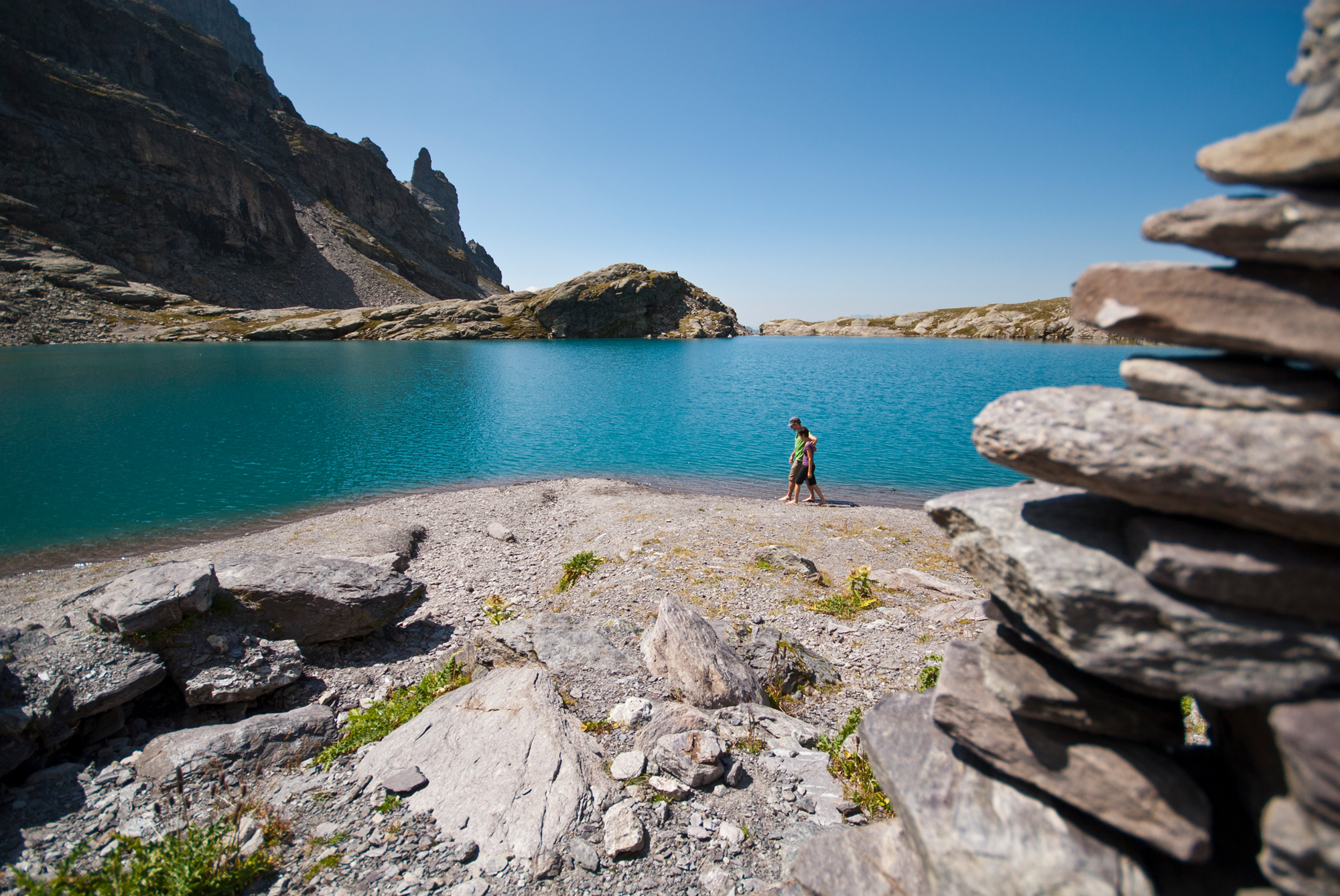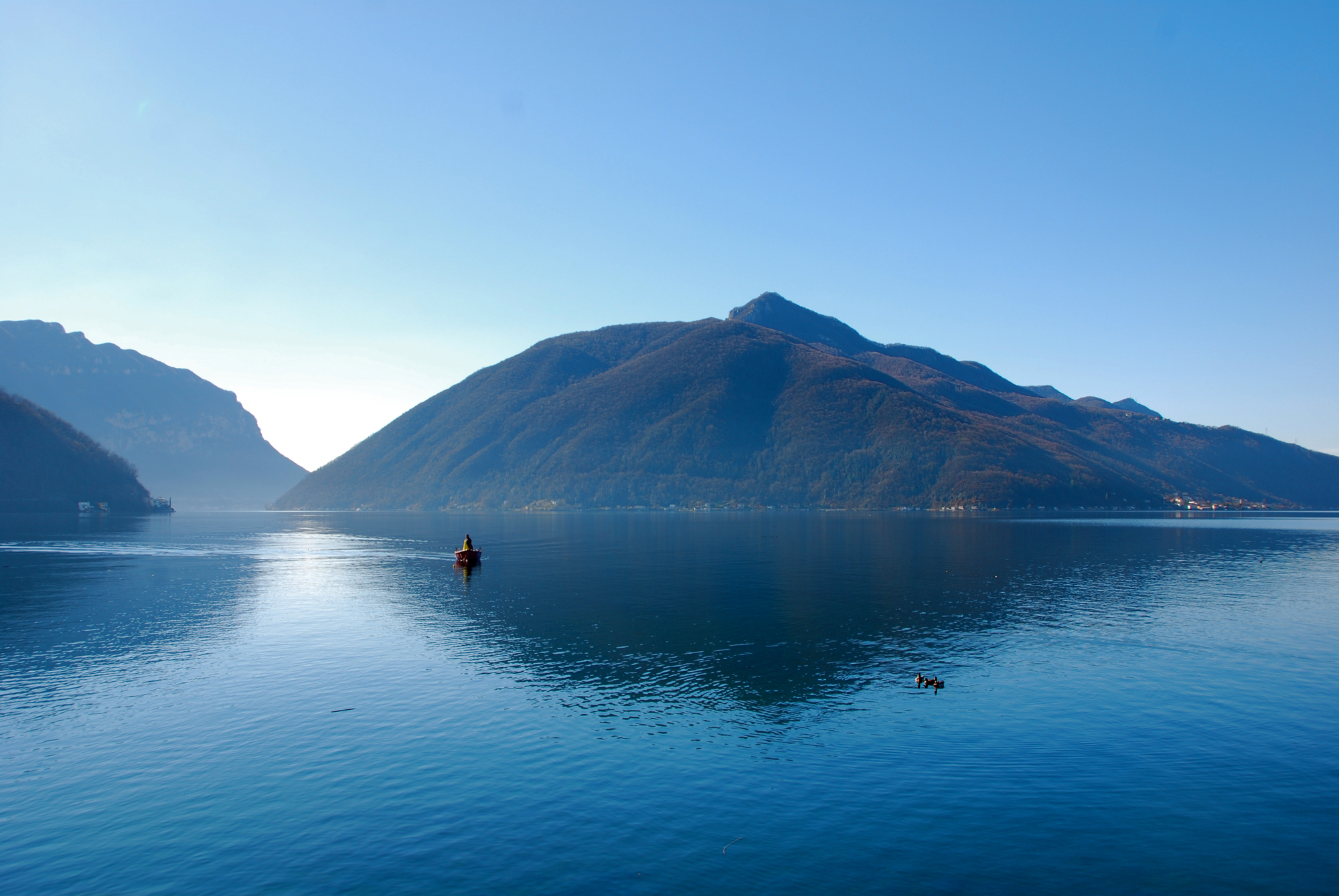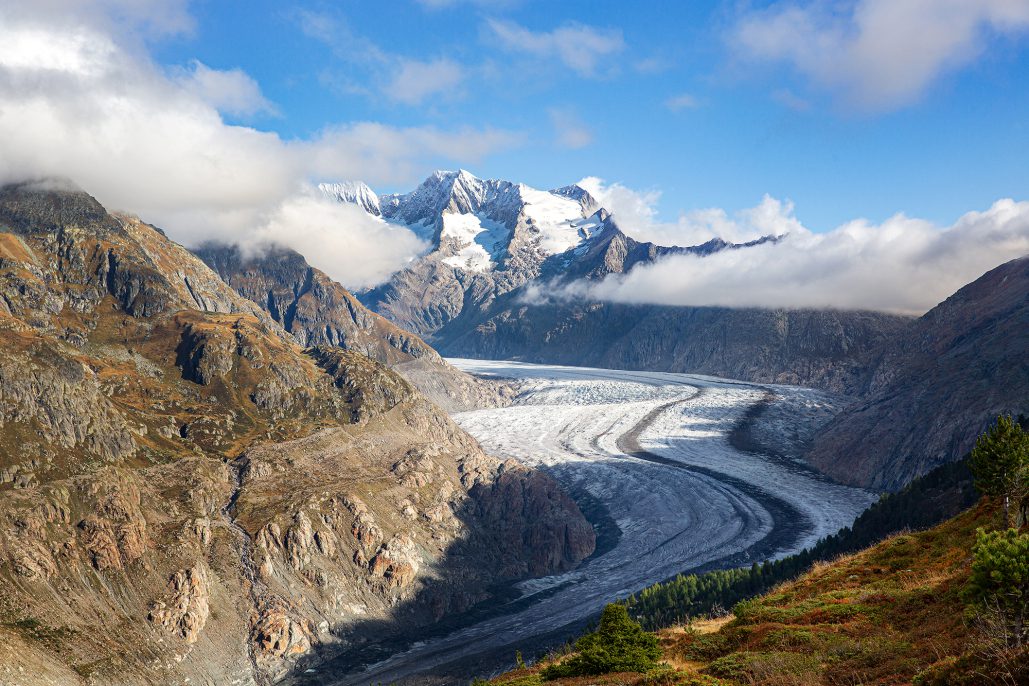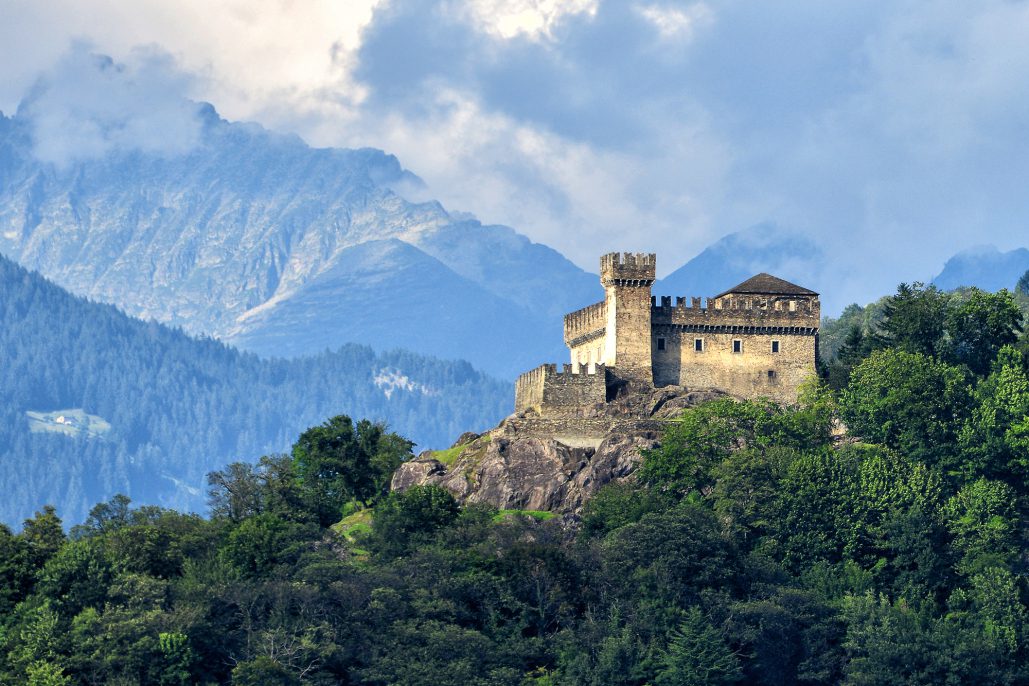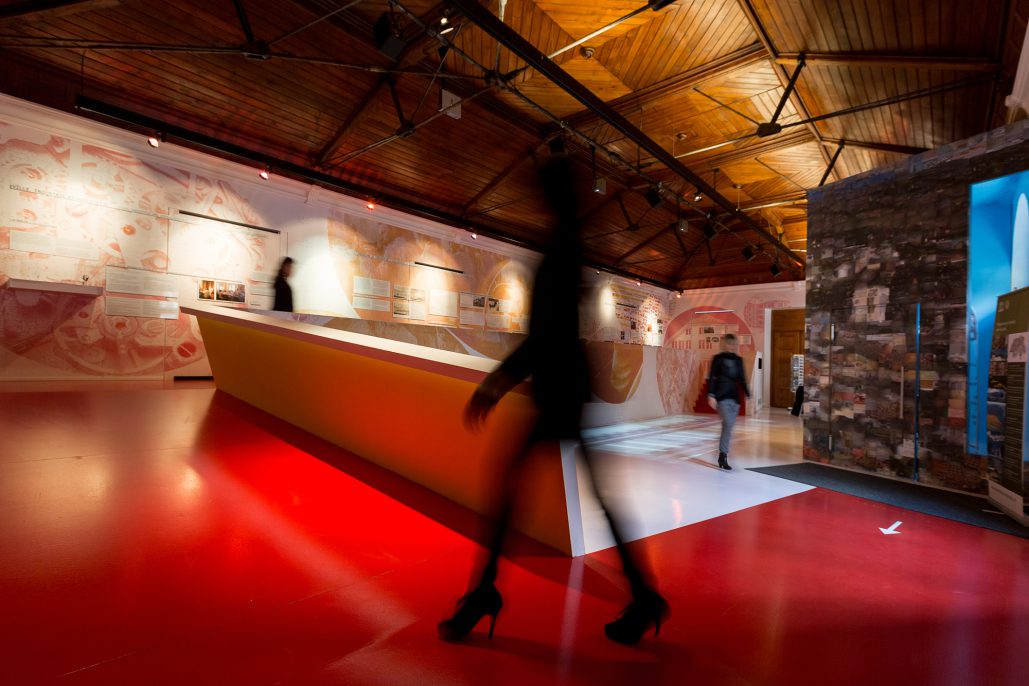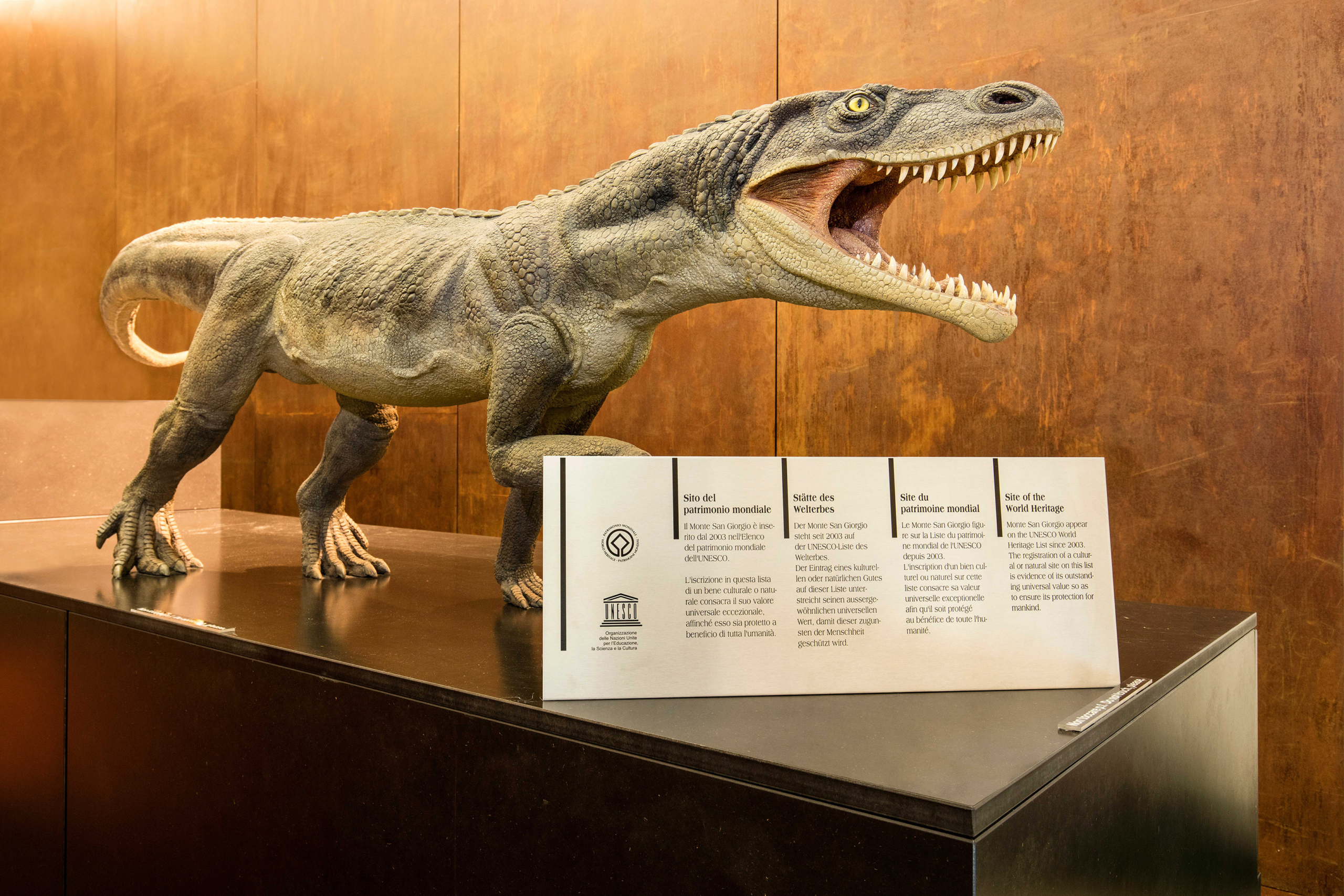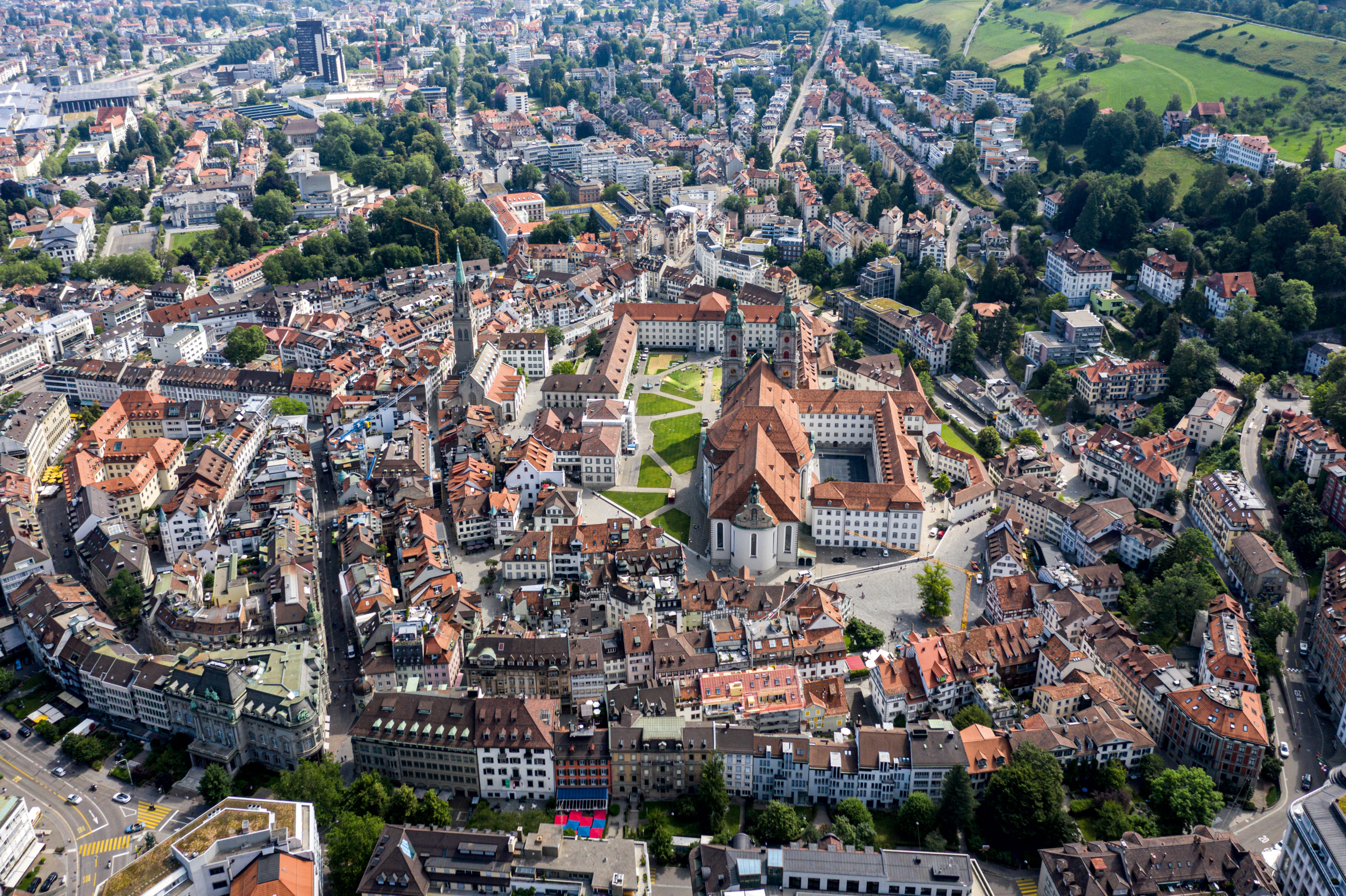UNESCO World Heritage Sites
The good things you’ve heard about Switzerland are probably true: The streets are immaculate, the chocolate divine, and the trains always on time. Boring? Definitely not. Beautiful? Absolutely! Switzerland may seem small, but it has a wealth of places to visit and sights to see, including 13 World Heritage Sites. In this article, we will have a closer look at nine of them.



